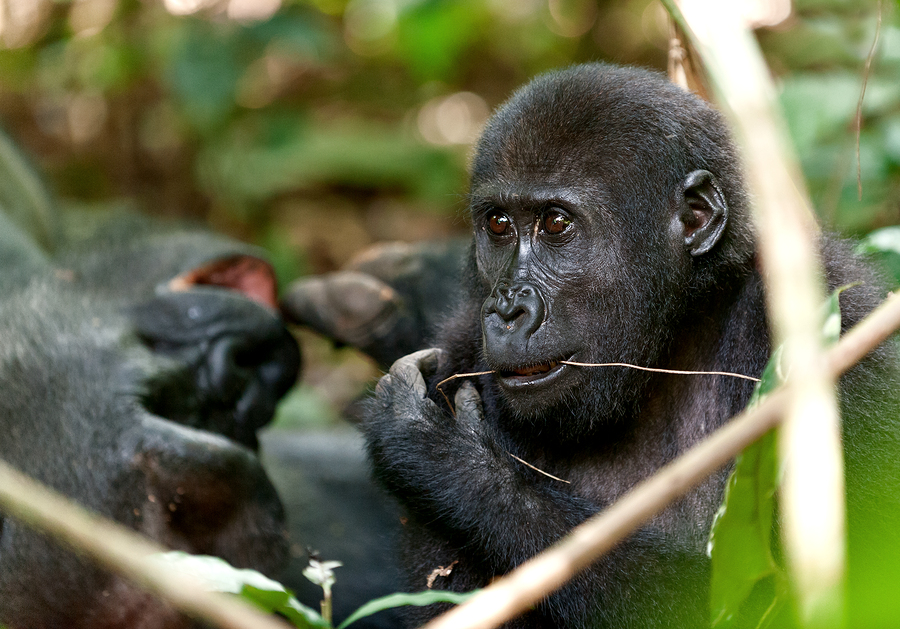
Gorilla genomes are particularly important for study because they are so closely related to human genes.
A study published in the journal Science last Thursday revealed that gorillas and humans are more closely-related species than was previously thought. A new and more complete genome sequencing for a gorilla named Sue confirmed that there is a mere 1.6 percent divergence between gorilla and human genes. The closest human relatives in the great apes family are chimps and bonobos, which tie for first with a divergence of only 1.2 percent.
The study involved geneticists at the University of Washington’s Eichler lab, who produced a nearly complete gorilla genome. Previous gorilla genome sequencing contained more than 400,000 gaps. A technique known as long-read sequencing technology allowed the Eichler researchers to close more than 90 percent of those gaps. The new genome is known as Susie3, and it has already given some surprising insight into lowland gorillas’ evolutionary history. Christopher Hill, co-author of the study, said that patterns of genetic variation within the genome of gorillas can provide evidence of how climate change, disease and human activity affect the lowland gorilla populations.
“The new gorilla genome assembly provides us with a slightly different picture of the evolutionary history of the Western lowland gorilla,” said Hill. Prior studies showed that a bottleneck was seen in the gorilla population 50,000 years ago that occurred when the population was small and the species became inbred. The new analysis shows that this bottleneck was even more severe than originally thought.
The Eichler lab’s results may lead to improvements in the accuracy of sequencing other mammal genomes. They are already using the long-read sequencing technology to complete genomes of others in the great apes family, which includes gorillas, orangutans, chimpanzees and humans. These advances could provide a basis for future breakthroughs on the genetics of primate behavior and cognition.
Gorilla genomes are particularly important for study because they are so closely related to human genes. Hill says one of the goals of the Eichler lab is to create a comprehensive listing of the known genetic differences between humans and other great apes, which may aid researchers in identifying the parts of the human genome that are associated with behavior, cognition and neurological diseases.
For example, last year Duke University scientists located a gene regulator that causes human brains to grow large. It was found by tracking differences between chimpanzee and human genomes in the areas related to brain development. Knowing more about these close relatives can help scientists understand what changes occurred that made us so different from our great ape cousins. Understanding those differences can provide more indepth research on everything from disease to language.
Evan Eichler, study lead author from the University of Washington, said, “My motivation in studying human and great ape genomes is to try to learn what makes us tick as a species. He also hopes that genome sequencing for humans for clinical reasons may one day be able to experiencing such detail and accuracy. It doesn’t come cheap. He estimates that the new sequencing method costs $80,000 each.

Leave a Reply